The Real Deal on Pumpkin: Your Guide to a Kitchen Powerhouse
Every autumn, it happens. The world goes bonkers for pumpkin. It’s in our coffee, on our front porches, and in every dessert imaginable. And while I love the cozy fall vibes as much as anyone, I’ve spent years helping people see food for what it really is—and pumpkin is a true powerhouse hiding in plain sight.
In this article
Honestly, the first step is to look past the sugary lattes and overly sweet pies. Let’s talk about the actual pumpkin. That dense, vibrant orange flesh is packed with an incredible array of vitamins and minerals that our bodies love. This isn’t about chasing some ‘superfood’ trend; it’s about appreciating a humble, affordable, and seriously versatile vegetable. So, let’s get into what makes it so great and how you can actually use it in your kitchen without a ton of fuss.
What’s Actually Inside a Pumpkin?
To really get why the pros love pumpkin, you have to look at its nutritional makeup. Think of it like this: food is information for your body, and pumpkin sends some fantastic signals. A single cup of cooked, mashed pumpkin is where the magic lies.
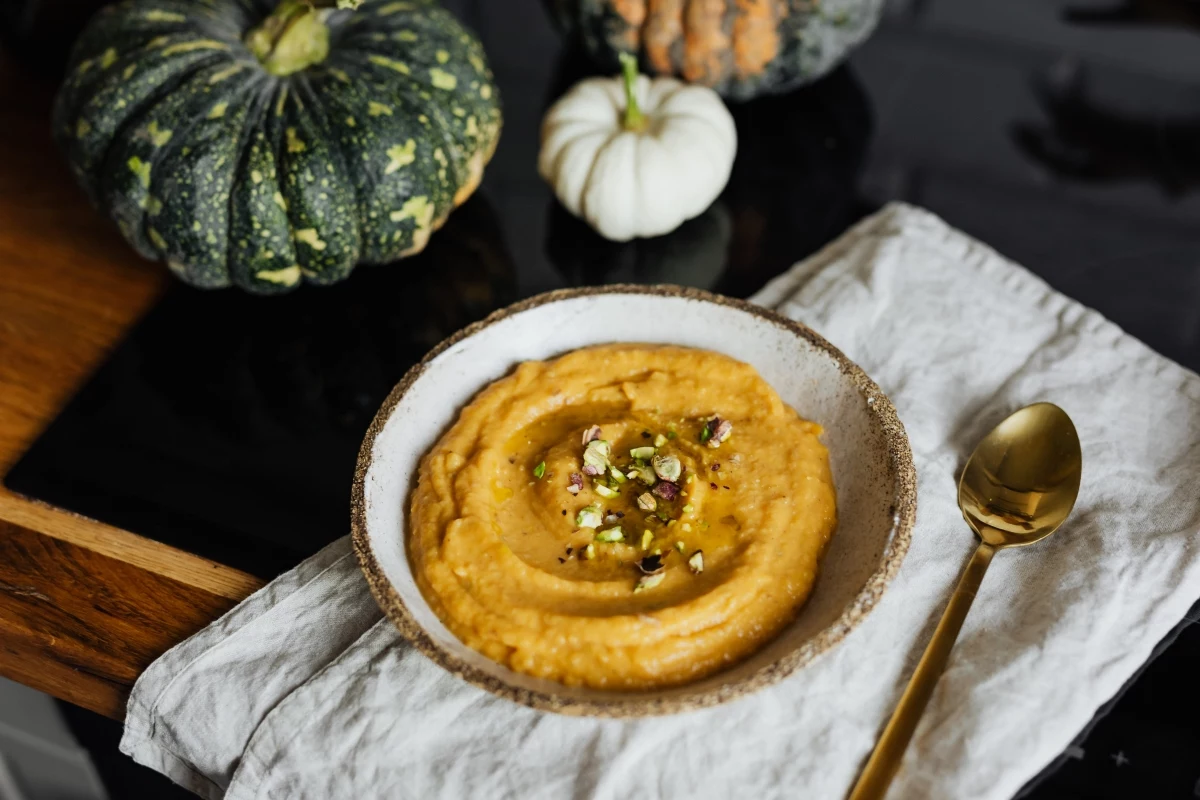
The most obvious thing is that brilliant orange color. That comes from a group of antioxidants called carotenoids, especially beta-carotene. Your body is super smart—it takes that beta-carotene and converts it into Vitamin A on an as-needed basis. This is huge for a few reasons:
- Eyesight Support: Vitamin A is a key player in helping you see in low light. Just one cup of pumpkin can deliver more than double your daily Vitamin A needs, making it one of the best food sources out there.
- Immune Defense: It also helps keep the protective barriers in your gut and lungs strong. Think of it as reinforcing your body’s first line of defense against germs.
But the goodness doesn’t stop there. Pumpkin also has lutein and zeaxanthin, two other antioxidants that are famous for protecting your eyes by acting like internal sunglasses, filtering out damaging blue light.
More Than Just Vitamin A
While Vitamin A gets all the headlines, pumpkin has a solid supporting cast of other essential nutrients.
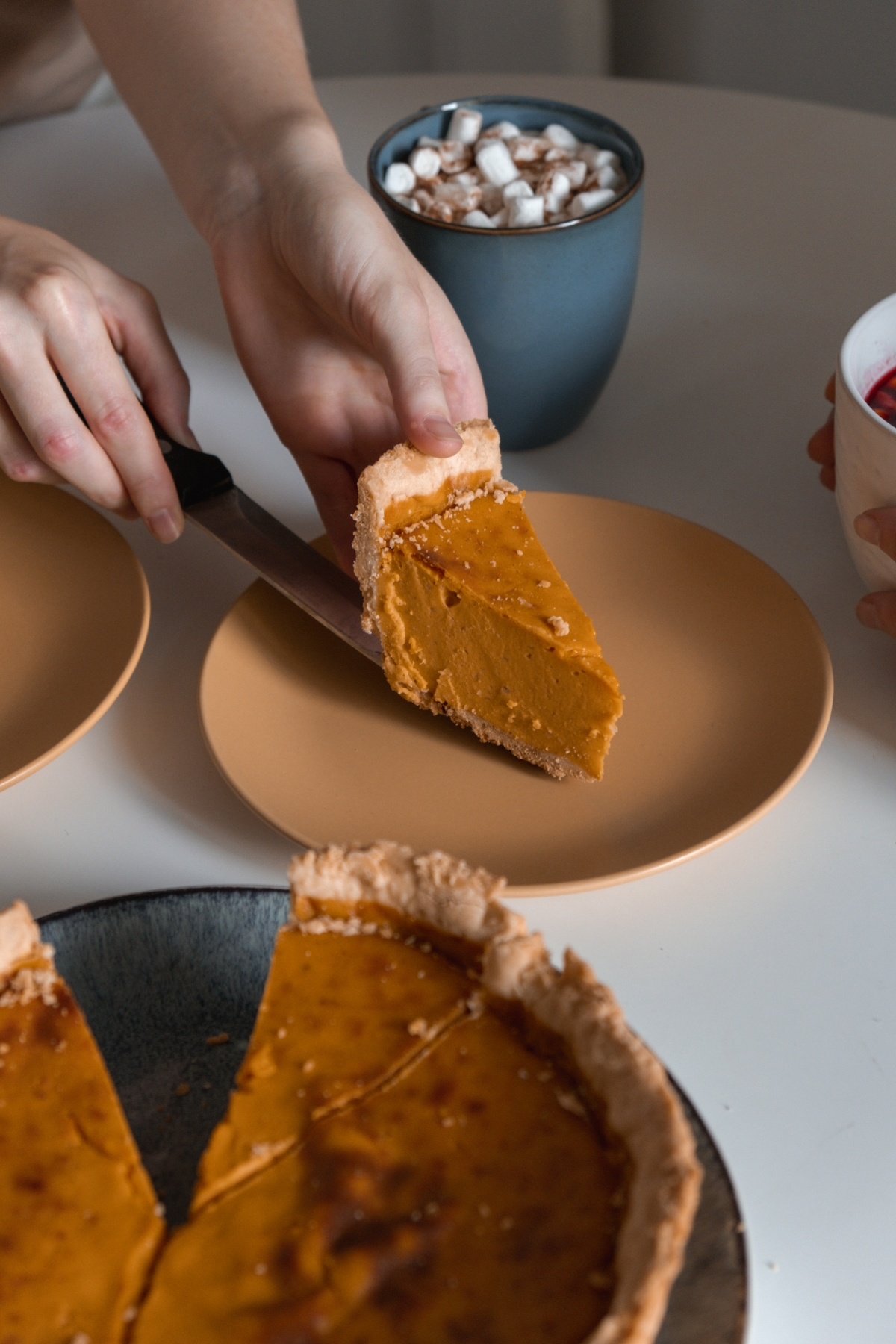
- Vitamin C: You’ll get a nice little boost of this antioxidant, which is essential for building collagen to keep your skin and joints healthy.
- Potassium: A cup of pumpkin has more potassium than a banana! This is super important for balancing fluids and helping to manage blood pressure, especially if you have a salty diet.
- Fiber: With around 7 grams per cup, pumpkin is fantastic for digestion and for keeping you feeling full longer. This is a game-changer for managing appetite and blood sugar.
Oh, quick fact: One cup of pumpkin has more potassium than a banana, over 200% of your daily Vitamin A, and about 7 grams of fiber. Not bad for a humble gourd!
How to Pick and Prep a Pumpkin Like a Pro
Knowing the benefits is one thing, but getting it from the store to your plate is another. And trust me, not all pumpkins are created equal.
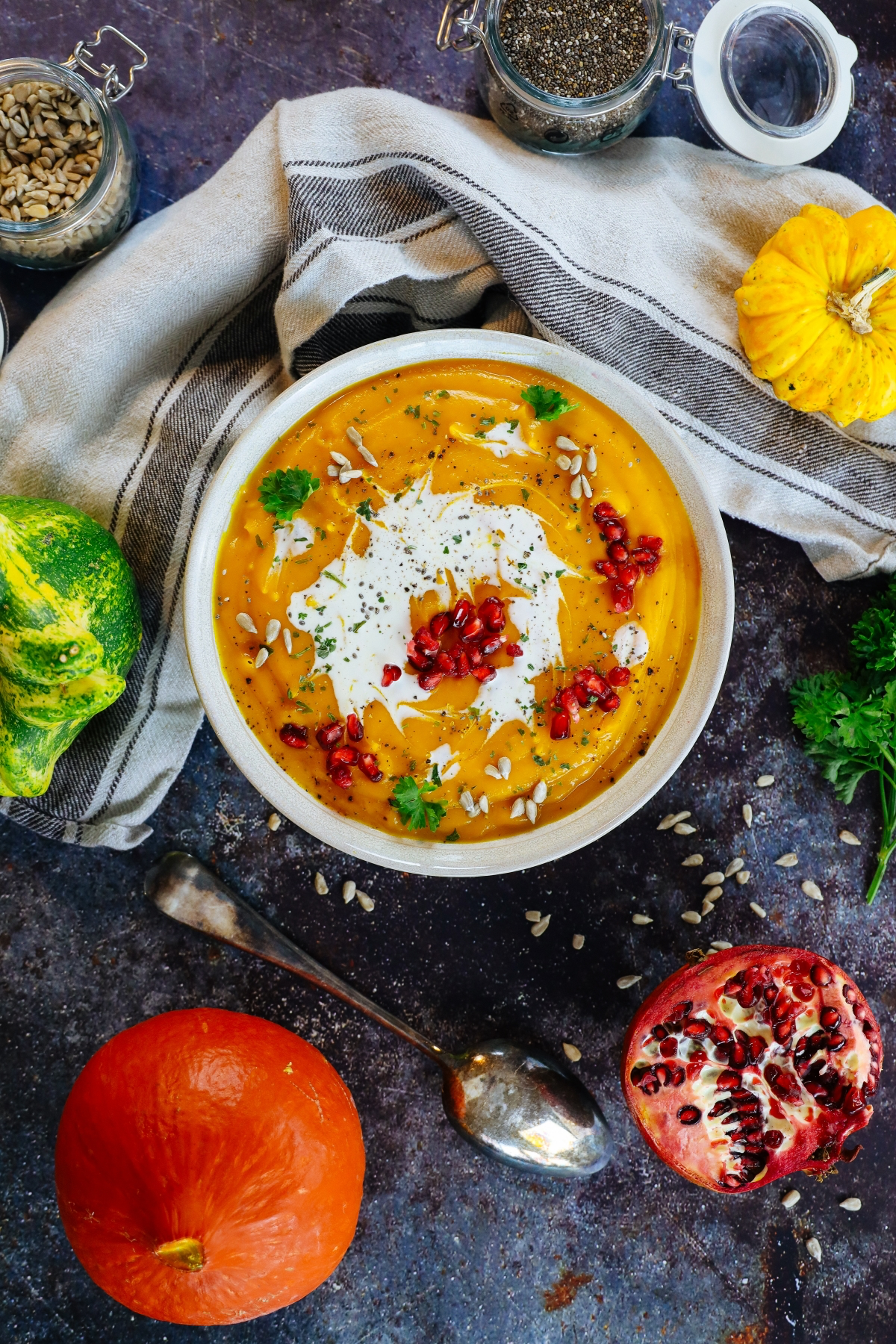
Choosing the Right One
First things first, those giant pumpkins sold for carving are NOT the ones you want for cooking. They’re bred for size, not flavor, and are watery and stringy. I made that mistake once and ended up with a bland, soupy mess. A lesson was definitely learned.
For cooking and baking, you want a smaller, denser pumpkin often called a “sugar” or “pie” pumpkin. They are sweeter and have a much better texture. You might also see a flattened, tan-colored one that looks like a wheel of cheese—its flesh is incredibly smooth and sweet. Another fantastic choice is the dark green, bumpy-skinned Japanese variety; it has a nutty flavor and a texture almost like a sweet potato.
When you’re at the store, pick one that feels heavy for its size. That means it’s dense and not watery. The skin should be firm with no soft spots, and the stem should be dry and hard.
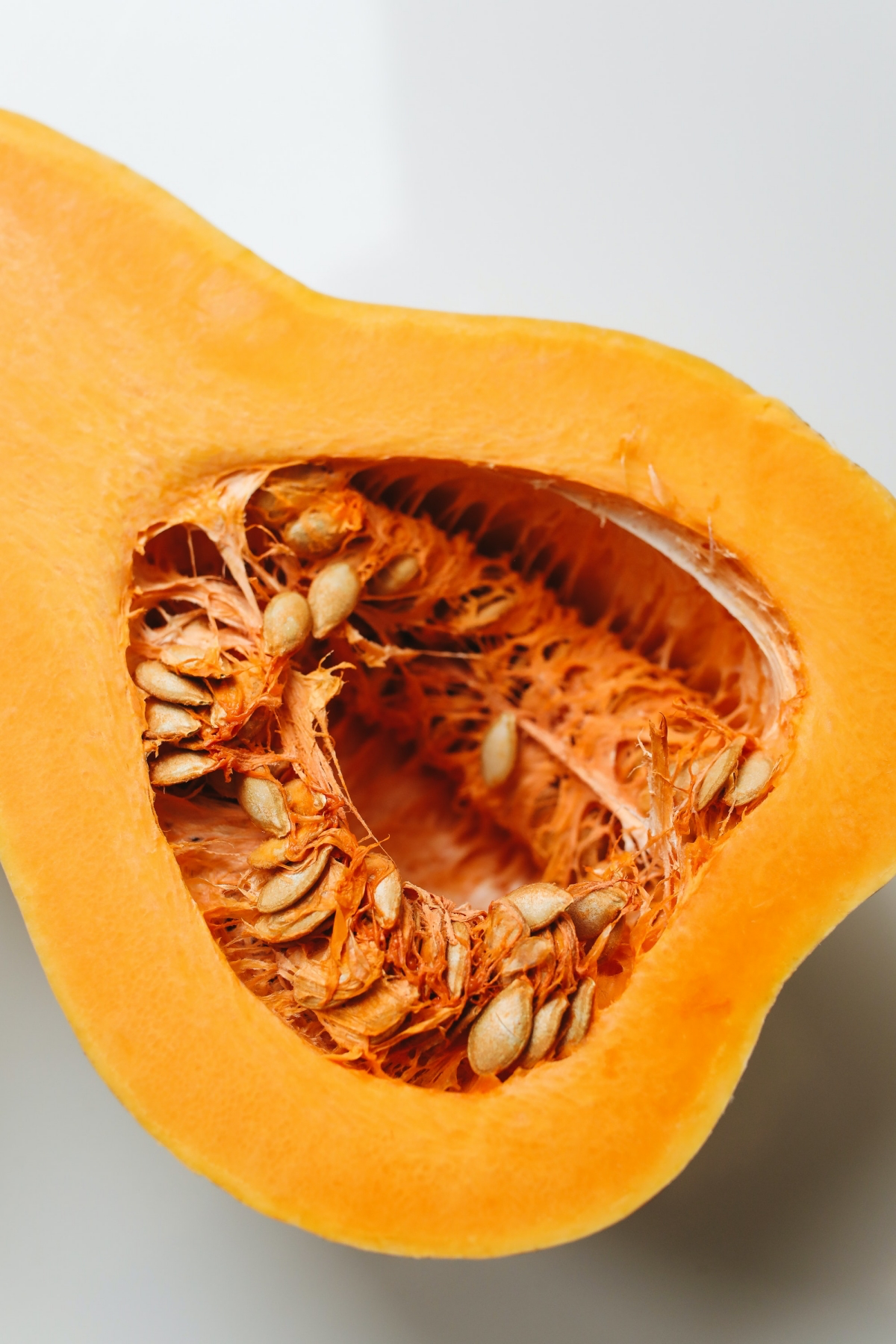
The Best Way to Cook It: Roasting
You can steam or boil pumpkin, but I almost never recommend it. Boiling especially just leaches nutrients into the water and makes the flesh soggy. Roasting is the way to go. The dry heat concentrates all the natural sugars and gives it a deep, rich flavor.
Here’s how to do it. It’s super easy.
What you’ll need: A 2-4 pound sugar pumpkin, a little olive oil, salt, and some parchment paper for easy cleanup.
- Preheat your oven to 400°F (200°C).
- Wash the pumpkin, then get ready to cut it. Quick safety tip: This can be tricky! To keep things from slipping, place a damp paper towel under your cutting board. Instead of trying to hack through the tough stem, use a sharp, heavy knife to cut the pumpkin in half around the stem. Once it’s in two pieces, it’s much easier to deal with the stem.
- Use a big, sturdy spoon to scrape out all the seeds and stringy bits. Hang onto those seeds!
- Place the pumpkin halves cut-side down on a baking sheet lined with parchment paper.
- Roast for 40-60 minutes, depending on the size. It’s done when a fork can easily pierce the skin.
- Let it cool down enough to handle, and the flesh will scoop right out. If you want a perfectly smooth puree, just blitz it in a food processor.
Homemade puree freezes beautifully in an airtight container or a freezer bag for up to six months.

Practical Ways to Use Pumpkin Every Day
My goal is always to make healthy eating realistic. So let’s talk about actually getting this stuff into your diet.
Canned vs. Fresh: Let’s Be Real
While homemade puree is amazing, it’s not always practical. So let me be crystal clear: canned pumpkin is a fantastic, healthy, and convenient option. Nutritionally, it’s nearly identical to fresh.
The key is to buy the right can. You MUST look for “100% Pure Pumpkin.” Do not, I repeat, do NOT grab “Pumpkin Pie Filling.” That stuff is pre-sweetened and pre-spiced. To put it in perspective, the pure pumpkin has one ingredient (pumpkin) and 0 grams of added sugar. The pie filling can easily pack 25 grams of sugar per serving. Always check the label!
Cost-wise, it’s a bit of a toss-up. A fresh sugar pumpkin might run you $3-$5 and yield about 4-5 cups of puree. A 15oz can (just under 2 cups) is usually around $2.50. So, making it fresh is slightly cheaper per cup, but you’re paying with your time. Canned is perfect for a quick fix.
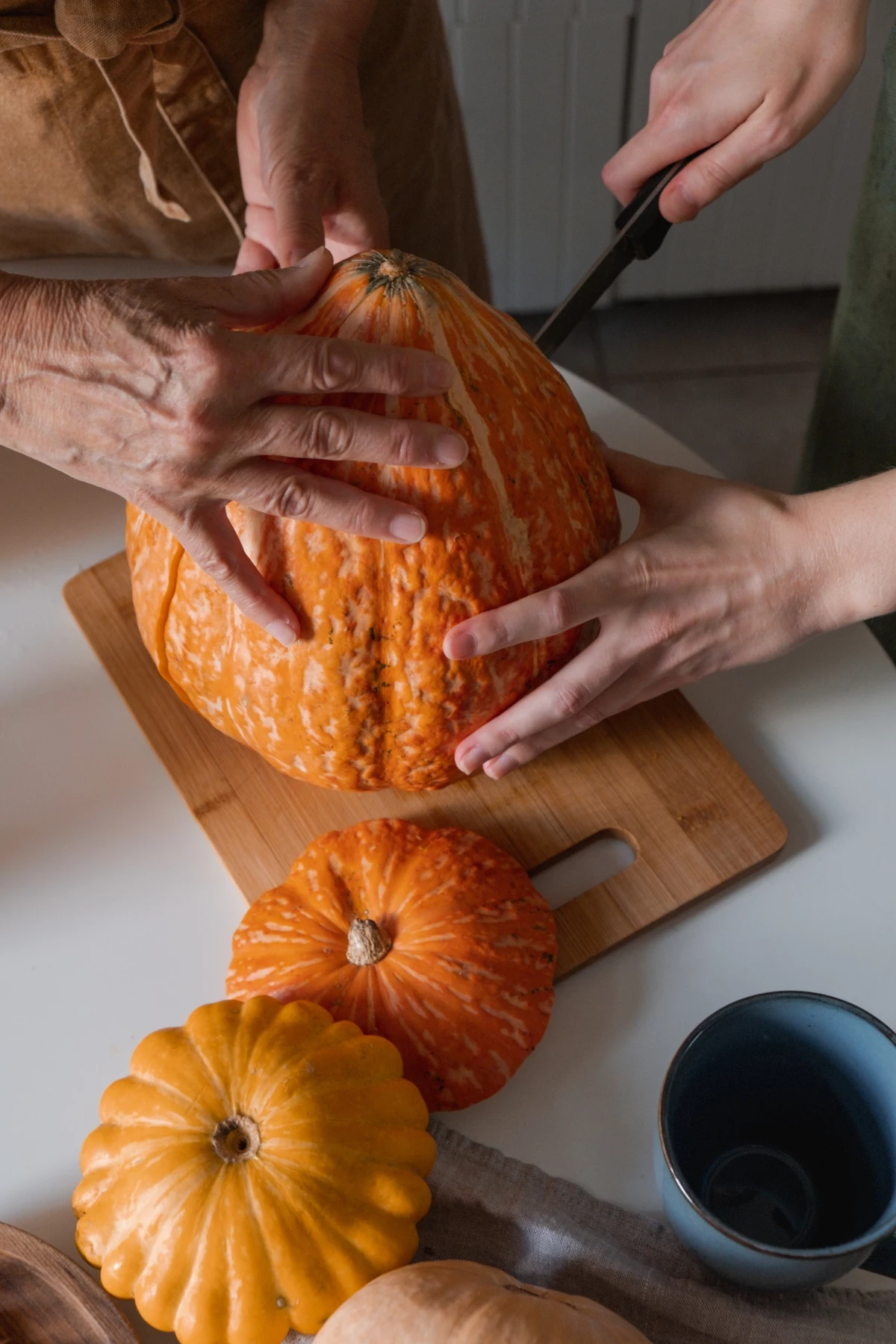
Easy Ideas to Get Started
- TRY THIS TOMORROW: Stir 2 heaping tablespoons of canned pumpkin puree into your morning oatmeal with a sprinkle of cinnamon and maybe a few pecans. It’s the easiest way to add 3 grams of fiber and a dose of Vitamin A to your breakfast.
- 3-Ingredient Smoothie: For a super quick and filling breakfast, blend 1/2 cup pumpkin puree, 1 frozen banana, and 1 cup of your favorite milk (almond, oat, or dairy all work great).
- 15-Minute Soup Base: In a small pot, sauté a little chopped onion and garlic. Add a can of pumpkin puree and about 2 cups of vegetable broth. Let it simmer. For extra creaminess, stir in a splash of coconut milk at the end. Season with salt, pepper, and a pinch of nutmeg or ginger. Done.
And Don’t You Dare Throw Away Those Seeds!
Pumpkin seeds (also called pepitas) are nutritional gold. They’re loaded with magnesium, zinc, and healthy fats. To roast them, just rinse the goop off, pat them completely dry (this is key for crispiness!), toss with a little olive oil and salt, and bake at 300°F (150°C) for 15-25 minutes until golden and crunchy.
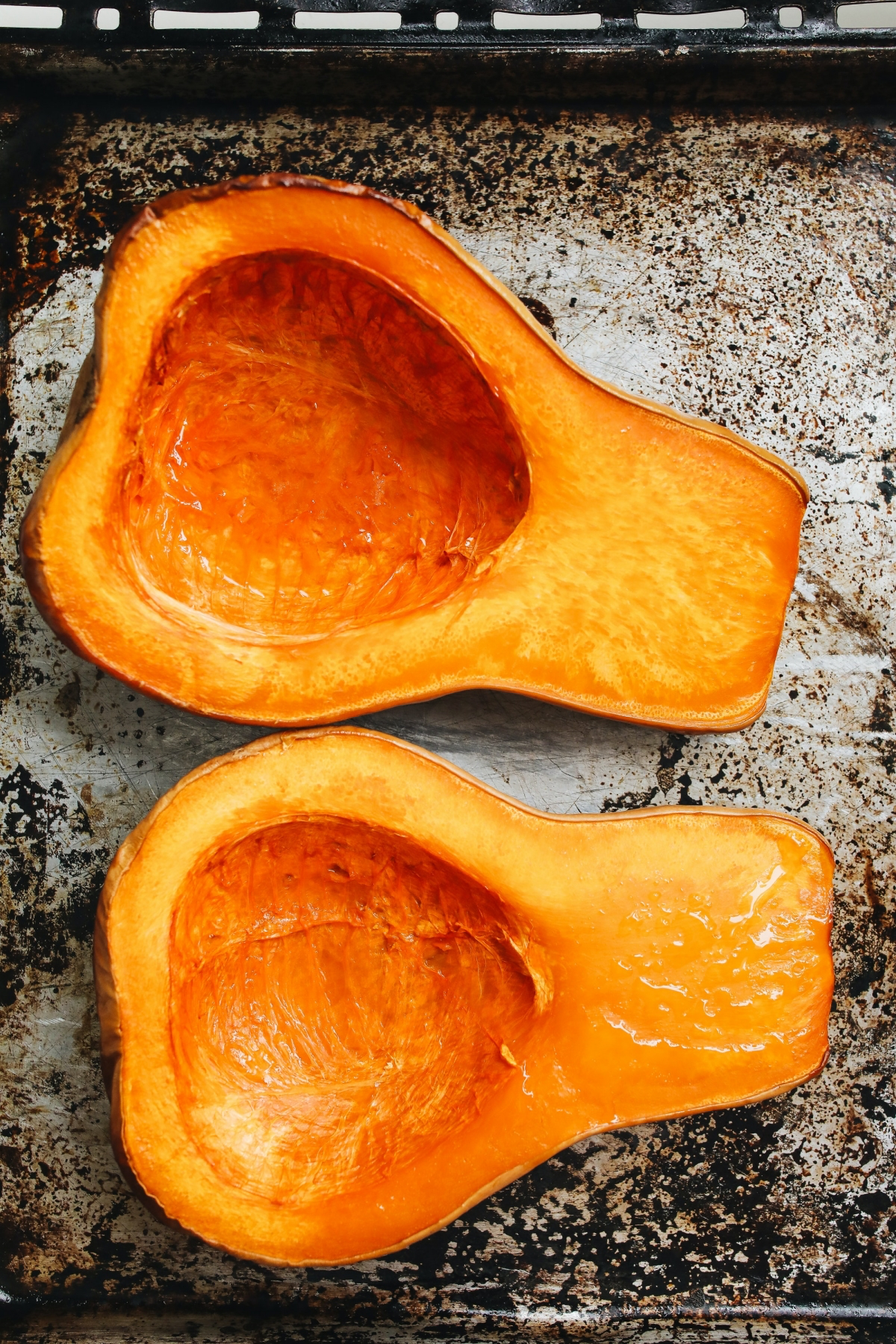
By the way, the white seeds you scoop out are different from the green pepitas you buy at the store. Pepitas are the inner kernel, often from a specific type of pumpkin grown just for its seeds. But the ones from your sugar pumpkin are still delicious and nutritious, so roast ’em up!
A Few Last Things to Keep in Mind
Even with a superfood like pumpkin, a little context is important.
- Blood Sugar: People sometimes worry about pumpkin’s glycemic index. But because it’s packed with fiber, its glycemic load is actually very low. In normal amounts, it’s perfectly fine and can even help stabilize blood sugar when part of a balanced meal.
- Kitchen SOS: If your homemade puree seems watery, just simmer it in a saucepan over low heat for 10-15 minutes to let the extra moisture evaporate. If it’s stringy, push it through a fine-mesh sieve to get a silky-smooth texture.
- A Word of Warning: Be mindful that most commercial “pumpkin spice” products contain a ton of sugar and very little actual pumpkin. A medium pumpkin spice latte from a popular coffee chain can have over 50 grams of sugar—that’s more than a can of soda. Always read the labels and focus on using the real vegetable instead.
So, I hope you see pumpkin a little differently now. It’s so much more than a seasonal fad. It’s an affordable, versatile, and incredibly nutritious food that can have a place in your kitchen all year long. Just remember, this is all for educational purposes. For personalized health advice, it’s always best to chat with a qualified professional who knows your individual needs.
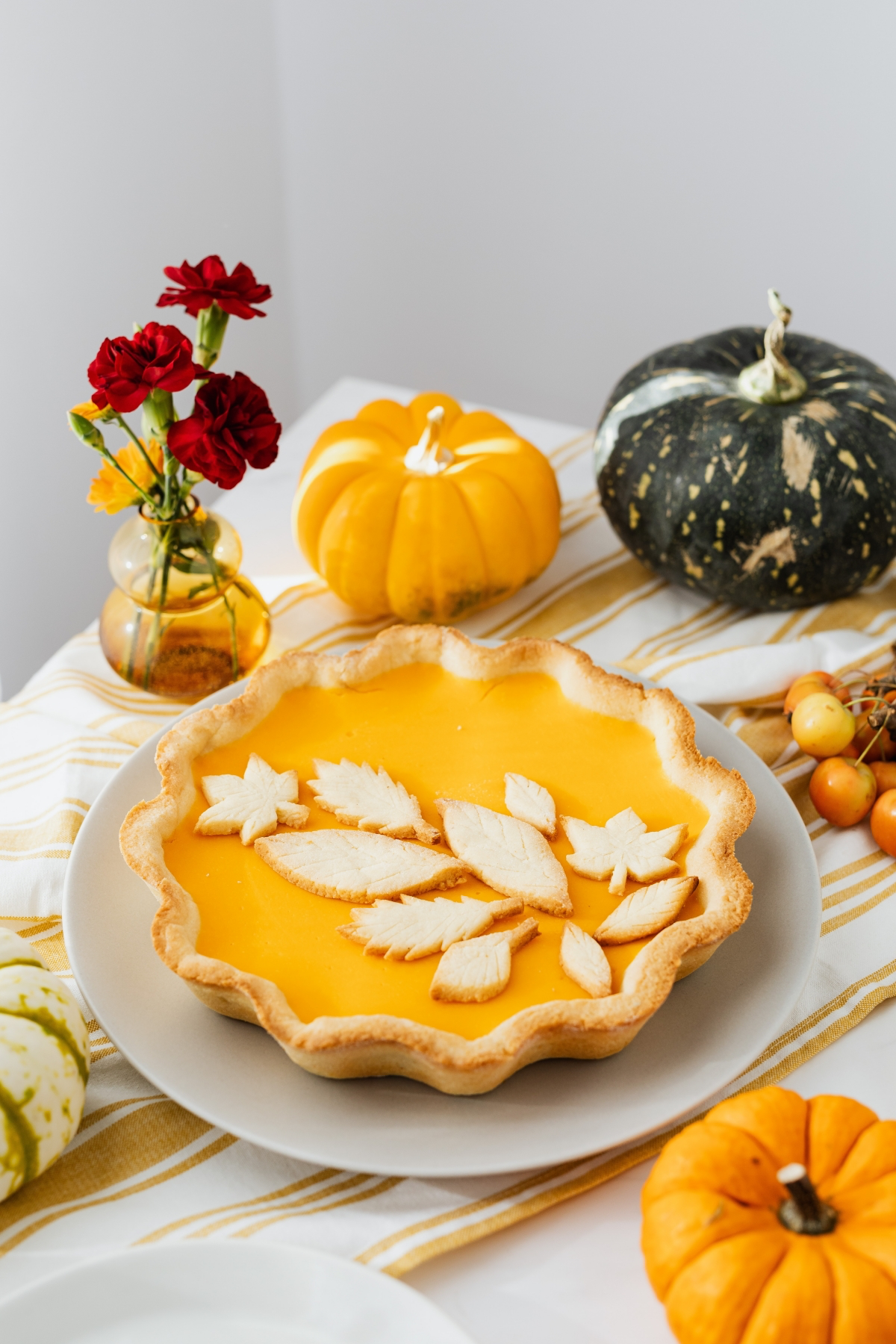
Inspirational Gallery
Don’t just grab any pumpkin from the patch for your recipes! Carving pumpkins are watery and stringy. For cooking, look for smaller, dense varieties known as ‘pie’ or ‘sugar’ pumpkins.
- Sugar Pie: The classic choice for pies and custards due to its sweet, smooth flesh.
- Kabocha Squash: A Japanese variety with a nutty, sweet flavor and a texture similar to a sweet potato. Incredible when roasted.
- Long Island Cheese: A tan-colored heirloom that’s prized by chefs for its stringless, deep orange, and delicious flesh, perfect for soups.
A single ounce of shelled pumpkin seeds, or pepitas, provides nearly 40% of your daily recommended magnesium intake.
This mineral is a powerhouse for regulating blood pressure, blood sugar, and nerve function. Don’t toss those seeds! Simply rinse them, toss with a little olive oil and salt, and roast at 300°F (150°C) for 20-30 minutes until golden and crisp for a seriously healthy snack.
The #1 mistake with homemade puree: Forgetting to drain it. Freshly roasted and blended pumpkin holds a surprising amount of water. If you use it directly in a pie or bread recipe, the result can be soggy and dense. The fix is simple: let your puree sit in a fine-mesh sieve or a cheesecloth-lined bowl for at least an hour to let the excess liquid drip out before using.
Is canned pumpkin puree a worthy shortcut?
Absolutely, and sometimes it’s even preferable. Canned pumpkin (like the popular Libby’s brand, which actually uses Dickinson squash) offers guaranteed consistency in flavor and moisture, which is key for baking. Homemade puree shines in savory dishes like soups or risottos, where its fresher, more vegetal flavor can be the star. The best kitchen uses both!
- A richer, deeper, more caramelized flavor.
- Perfect control over the texture, from rustic to silky smooth.
- Absolutely no preservatives or additives.
The secret? Roasting, not boiling. Boiling waterlogs the pumpkin, diluting its flavor. Roasting concentrates the natural sugars and creates a much more delicious and versatile puree.
Think beyond cinnamon and nutmeg. Pumpkin’s earthy sweetness is a fantastic canvas for a world of savory flavors. Try pairing it with sage and browned butter for a classic Italian-style pasta sauce. Go for a Thai-inspired soup with ginger, lemongrass, and coconut milk. Or, toss roasted pumpkin cubes with chili powder, cumin, and a squeeze of lime for a perfect taco filling.
For many thin-skinned varieties like Delicata, Red Kuri, or Kabocha, the skin is 100% edible, delicious, and packed with fiber.
For velvety soups and sauces: An immersion blender is your best friend. Forget the risky business of transferring hot liquid to a countertop blender. An immersion (or ‘stick’) blender lets you puree your pumpkin soup directly in the pot. Brands like Braun or KitchenAid offer powerful models that make achieving that perfect, silky consistency effortless and mess-free.
There’s a unique comfort in the scent of a pumpkin roasting in the oven. It’s not the sharp spice of a candle, but a deep, earthy sweetness that slowly caramelizes and fills the kitchen. It’s the smell of autumn in its most authentic, delicious form—a sensory promise of the nourishing meal to come.










